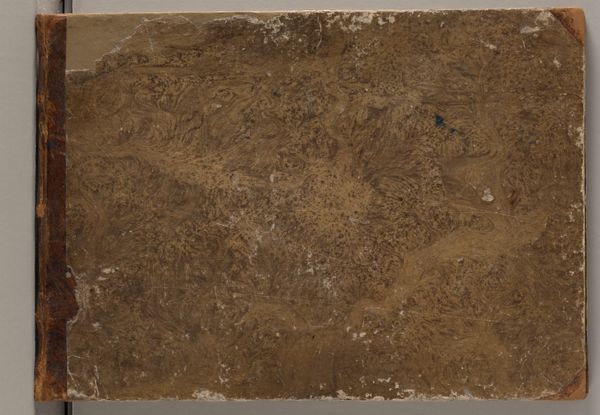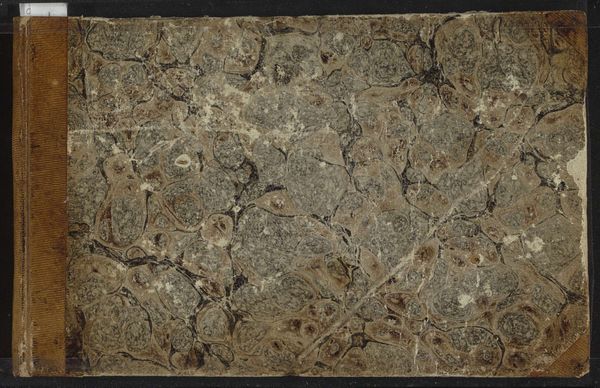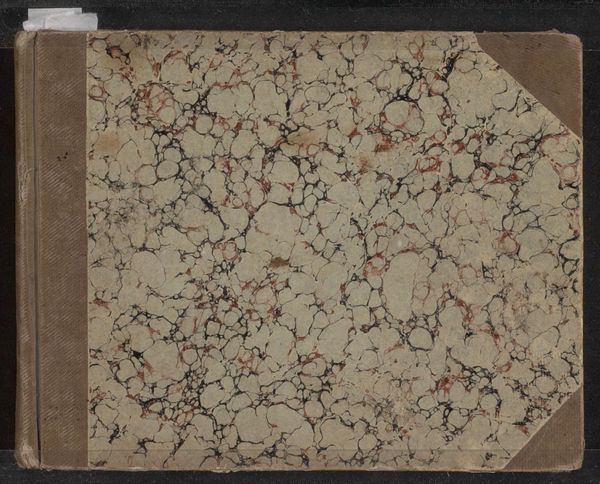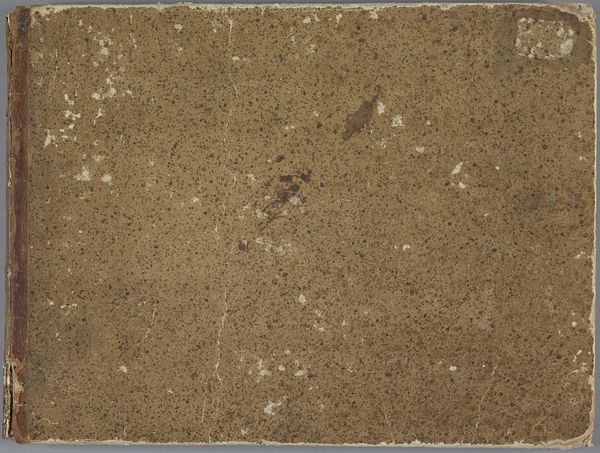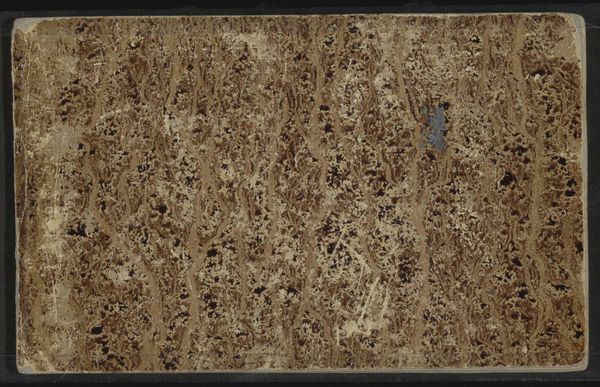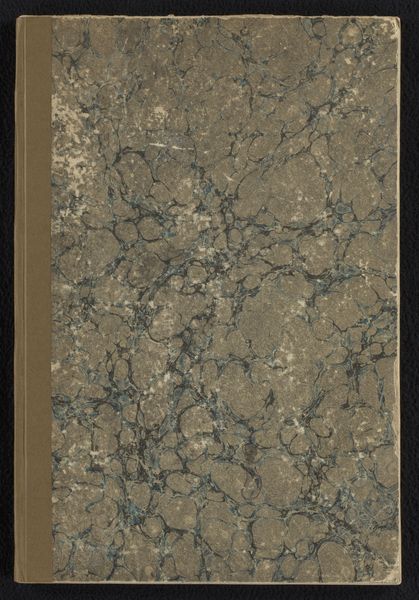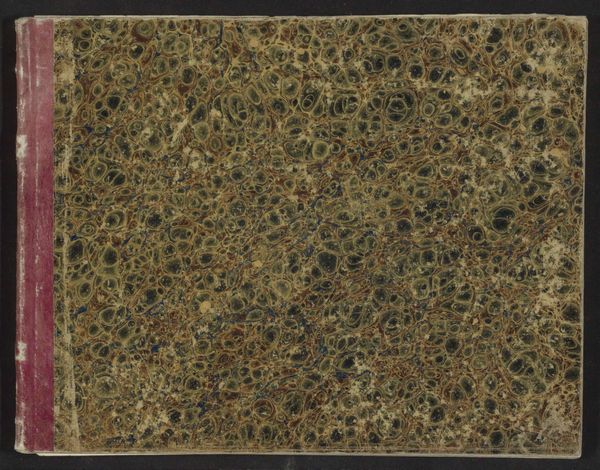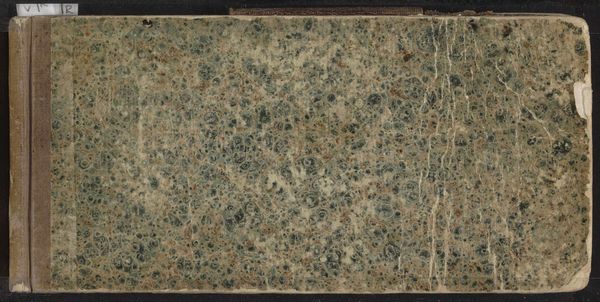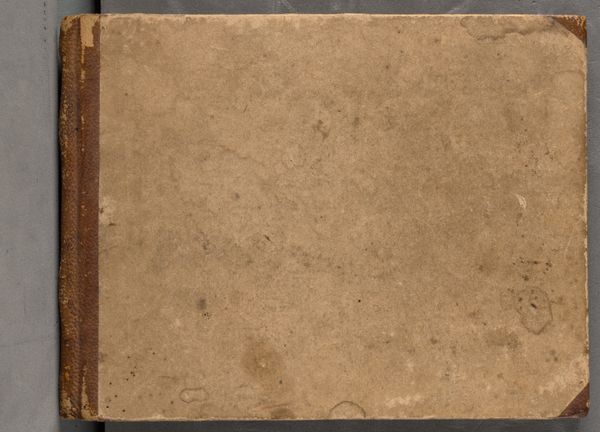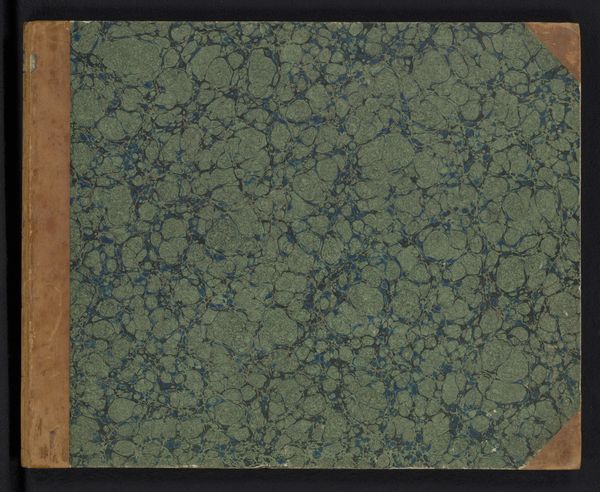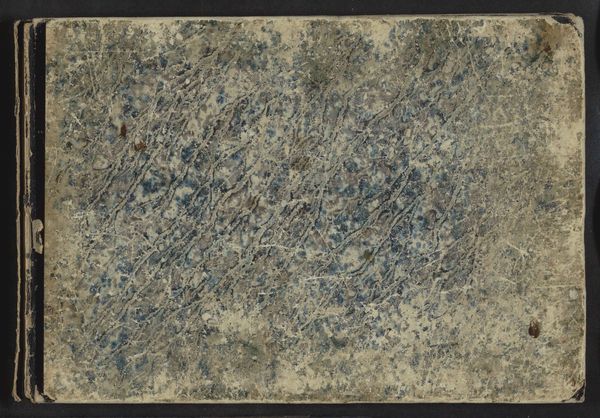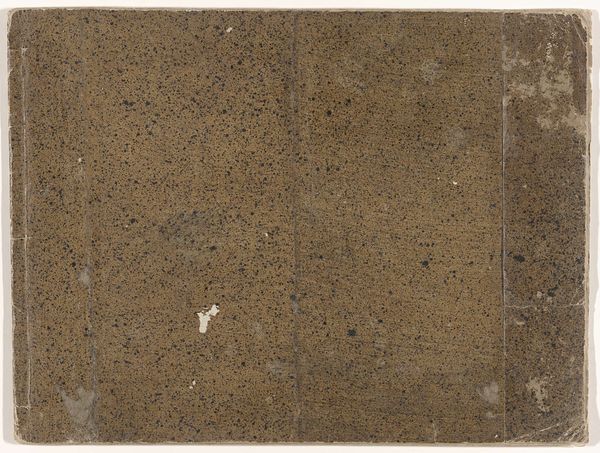
drawing, mixed-media, paper
#
drawing
#
mixed-media
#
sculpture
#
paper
#
romanticism
Copyright: Public Domain
Editor: This is Friedrich Hoffstadt's "Skizzenbuch," a sketchbook made sometime between 1802 and 1846, composed of drawing and mixed media on paper. It’s such a commonplace object, but also, clearly quite worn. What draws your eye when you look at it? Curator: As a materialist, I see the worn texture and immediately consider the labor involved, not just in the drawing itself, but also in the creation of the paper and the binding. What kind of social class might be able to afford these materials at this time, or have the luxury to dedicate labor to artistic pursuits? Editor: That's a good point. I was so focused on the 'artist' aspect. Thinking about the material conditions, how the paper was made and who had access to it really changes the way you see it. Do you think the materials themselves influenced the style of drawing within? Curator: Absolutely. The availability and cost of materials dictate the scale, frequency, and even the subject matter an artist might explore. Was this paper locally sourced? What were the trade routes like that brought it here, and who profited from those? The limitations and possibilities of the medium play a crucial role in shaping artistic expression. How does that connection of medium and creation shift how you view Romanticism as a style? Editor: I always thought of Romanticism as focused on big emotions and nature, but thinking about the *materials* through which those were expressed gives it a much more grounded feel. Like, someone had to make the paper, and that colors my understanding. Curator: Exactly. By examining the labor and the materiality, we're challenging the idea of the artist as a solitary genius. We are grounding artmaking in real world conditions and understanding the social relationships embedded within it. Editor: This has made me realize how easy it is to overlook the basic elements of art making. It’s like seeing the stage, not just the performance. Curator: Precisely. Hopefully you'll bring this critical awareness into your studies.
Comments
No comments
Be the first to comment and join the conversation on the ultimate creative platform.
